
Credit: Maskot/Getty Images
12 Foods you Couldn’t Live Without — Brought to you by the University of California
When you think of UC, you may think of higher education or research, but you should also think of the grocery store.
Picking out fruits and veggies for family lunches and dinner? Stocking up on nuts for a snack? Grabbing tomato sauce for pasta night or a bottle of California wine? It might surprise you to learn that many of the foods you eat every day were developed by the University of California. Across university farms and labs, and in partnership with growers and ranchers around the state, research from the University of California is at the root of the state and nation’s abundance.
Take a look at this list and you’ll never see your store aisles the same way again!
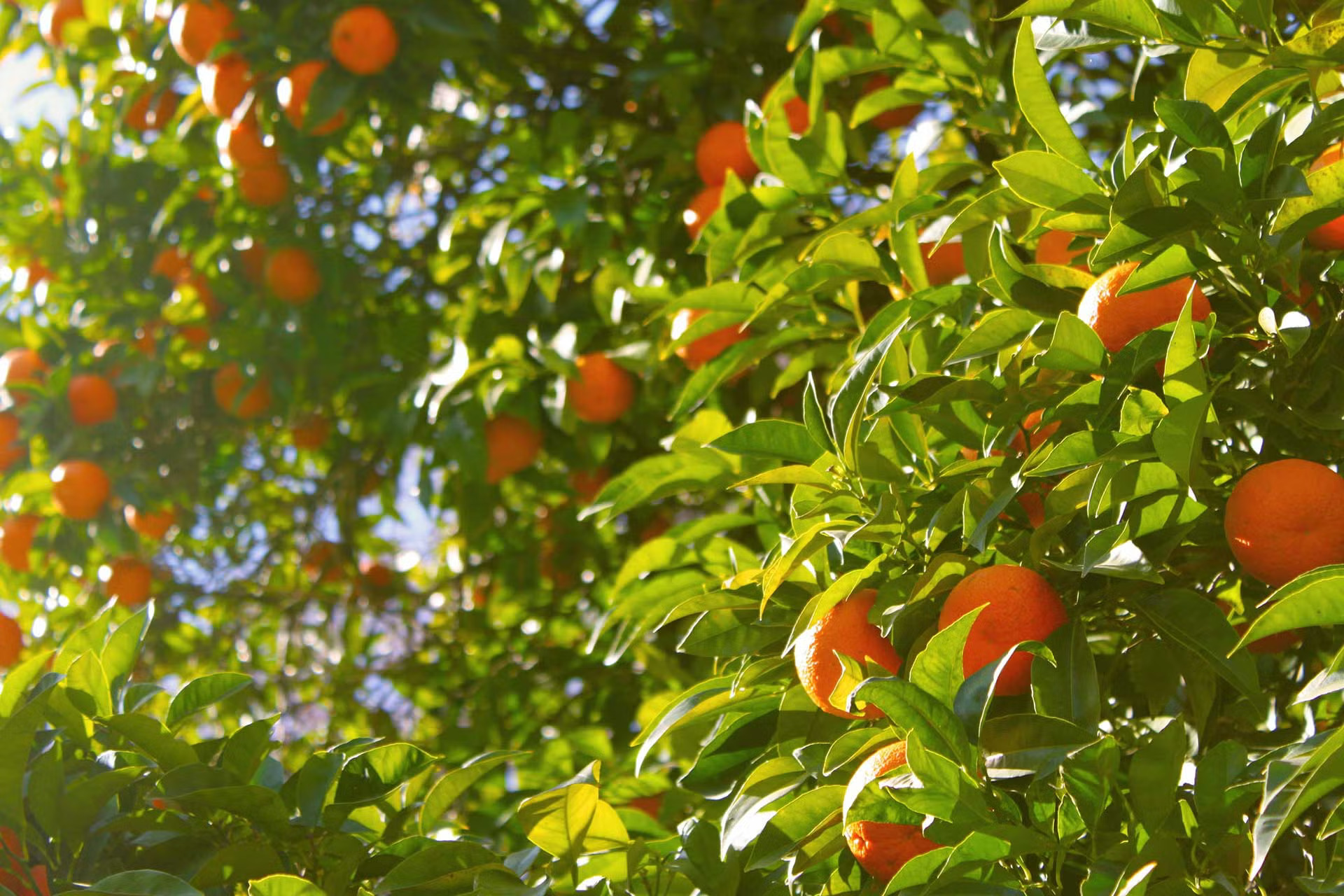
1. Cuties and Wonderful Halos? Began at UC.
That’s right: The mandarin quickly becoming America’s favorite citrus, often found under the name Wonderful Halos, Cuties or Delites, was developed at UC Riverside. After two decades of work, scientists found a way to breed this type of mandarin (known as the Tango) so they would have no seeds, tripling revenue for farmers. This sweet, easy-to-peel fruit has changed after-school and in-office snacking and put the mighty mandarin on pace to be the best-selling U.S. citrus.
Other popular mandarins, like the Gold Nugget, emerged from UC Riverside breeding programs, too, along with citrus like the Oro Blanco grapefruit.
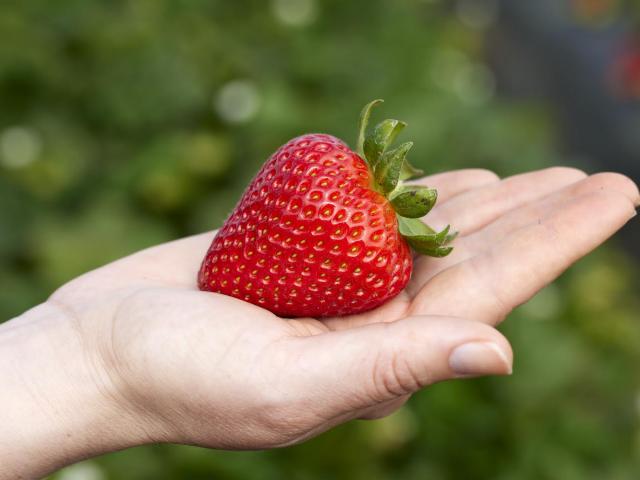
2. The strawberries you eat? Developed by UC.
The UC Keystone strawberry is just one of the varieties developed at UC Davis. Learn more about their world-renowned breeding program here. Credit: Fred Greaves/UC Davis
The UC Davis Public Strawberry Breeding Program has been a huge success for California. During seven decades, the program has released more than 70 varieties, made strawberries a year-round crop in California, and boosted strawberry yields from just 6 tons per acre in the 1950s to 30 tons per acre today. Strawberry varieties developed at UC Davis produce about 60 percent of the strawberries consumed worldwide.
Thanks to the UC Davis program, California growers pay lower rates than others for UC’s licensed strawberry cultivars and receive access to new varieties before growers elsewhere. New varieties are in progress all the time to keep harvests successful and avoid disease.
3. Your new favorite avocado? It’s from UC.
The next big thing in avocados may well be the Luna avocado. Proclaimed an “Invention of the Year” by Time magazine in 2023 for its smooth and nutty flavor and a long shelf life, the Luna is the crown jewel of an avocado breeding program that started at UCLA at the beginning of the 20th century and then transitioned to UC Riverside nearly 70 years ago. Almost a half-century in the making, the Luna is expected to hit supermarkets starting next year. Growers are excited too: “It's the perfect combination for planting. Luna exponentially increases the productivity of Hass, and vice versa," said Jose Antonio Aguilera, a partner at Jaliscavo, a company that has begun growing the variety in Mexico.
Can’t wait? Try a Lamb or Gem avocado, also developed by UC Riverside.
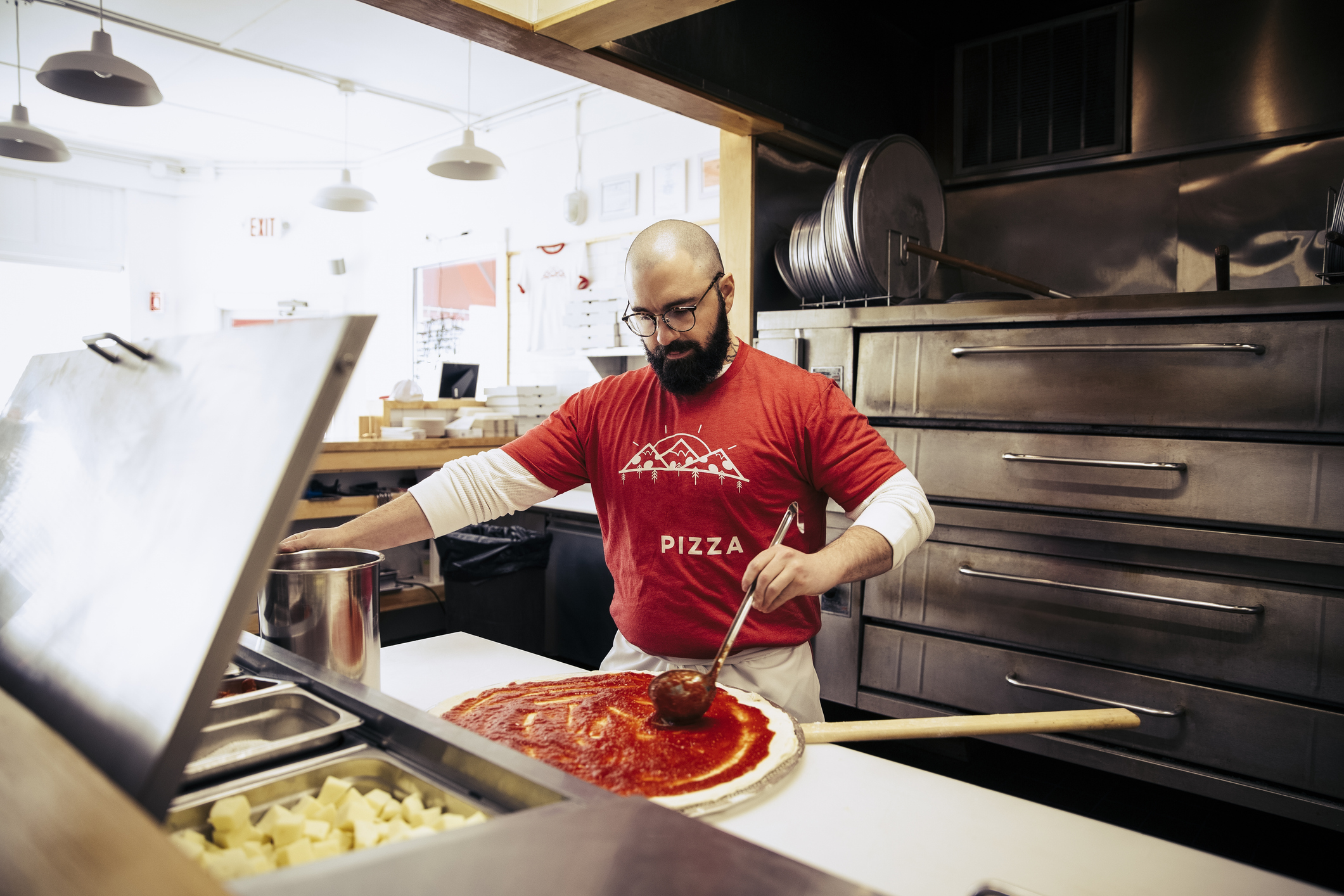
4. Ketchup? Pizza? That’s UC.
Did you know Heinz produces 1.8 million bottles of ketchup per day? That’s a lot of tomatoes. Once upon a time, all those tomatoes had to be picked by hand, even for use as pizza sauce and condiments.
Then UC changed the game: In the 1950s, UC Davis plant breeder Jack Hanna and engineer Coby Lorenzen teamed up to invent a machine that could mechanically harvest tomatoes, AND developed a tomato that was tough enough to survive the process. In 1959, they finally succeeded, creating the first machine that sorted and loaded processing tomatoes. Their new variety succeeded, too, becoming known as the “square tomato” because its blocky shape prevented it from rolling off the harvester. Flash-forward to today and nearly all of the tomatoes grown in the U.S. for tomato sauce, paste, ketchup, juice, and other processed foods are harvested thanks to Hanna and Lorenzen’s breakthrough.
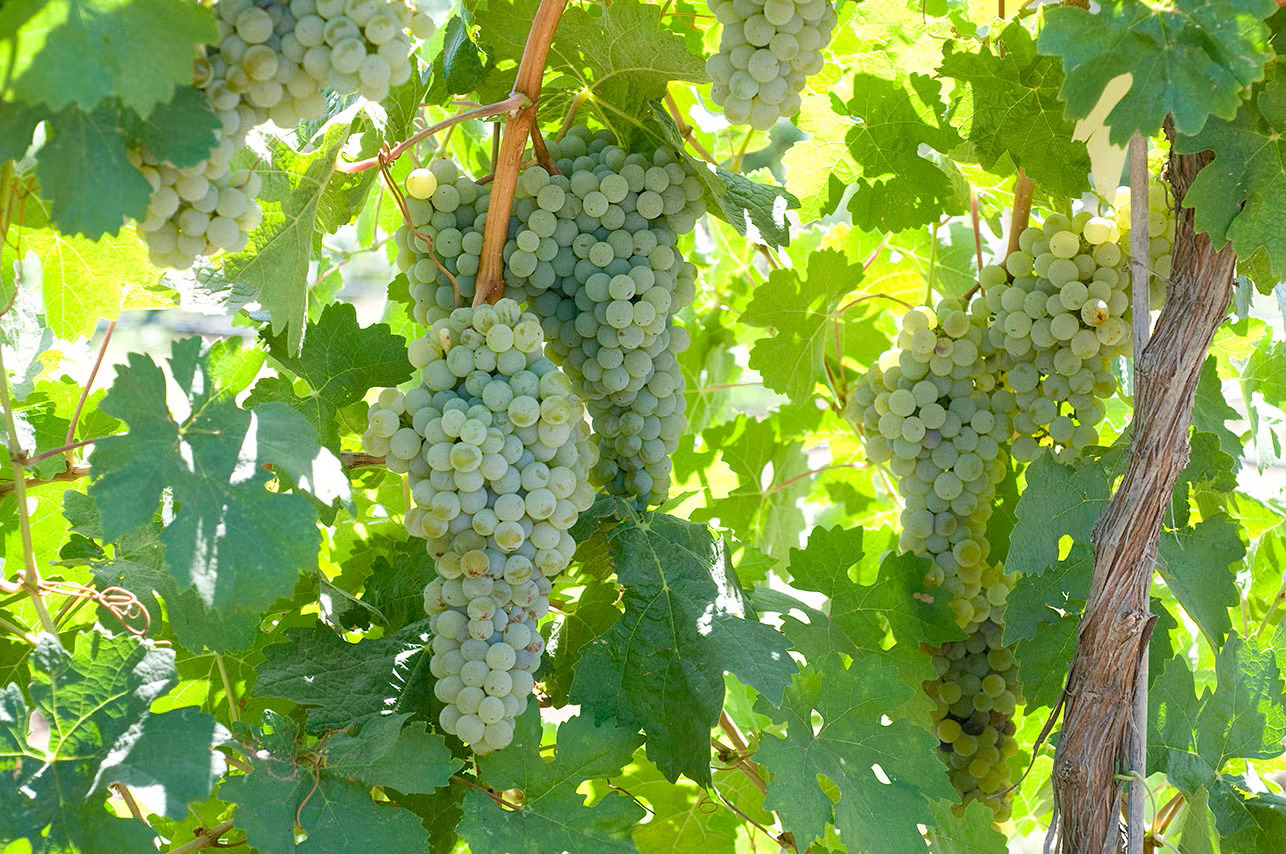
5. Drinking America’s most popular white wine? Toast UC.
UC Davis professor Harold Olmo, known as “the Indiana Jones of viticulture,” developed 30 grape varieties, including the selection of the most flavorful, productive and disease-free Chardonnay grapes he could find. Today, thanks to Olmo’s work, Chardonnay is the most widely planted white wine grape in the state, cultivated on nearly 100,000 acres throughout California, and a core part of the state’s $88 billion wine industry.
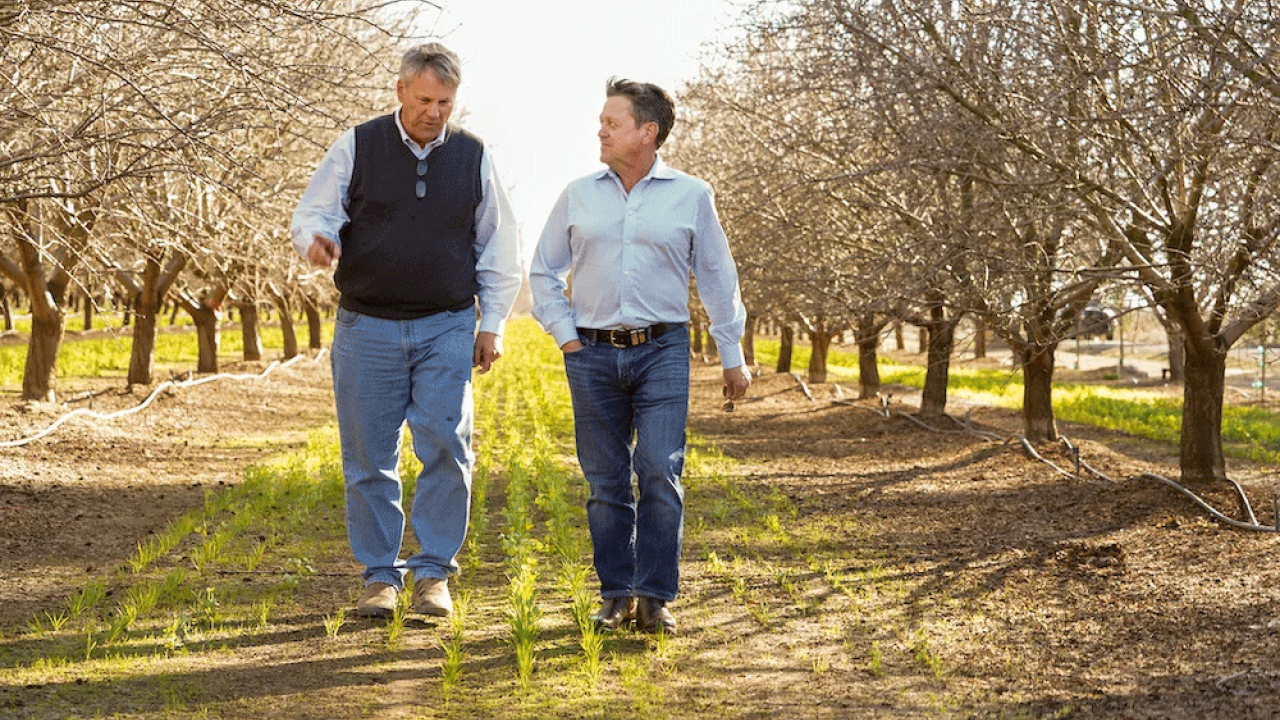
6. Love almonds? We’re nuts about them at UC.
Almonds are now the second-most valuable agricultural product in California, behind only dairy, and UC has been a vital partner in this evolution — literally. UC research revolutionized almond growing after massive crop failures in the 1920s by discovering the secrets of their pollination. UC Davis has continued to develop our understanding of how to grow almonds successfully, pioneering varieties best suited for California and fending off all manner of disease and pests, including the carpophilus beetle, a threat around which UC Cooperative Extension has organized trainings and education up and down the state. At UC Merced, enterprising students are also inventing new machines and techniques to help reduce dust from almond harvests by half — helping solve a significant problem in rural communities.
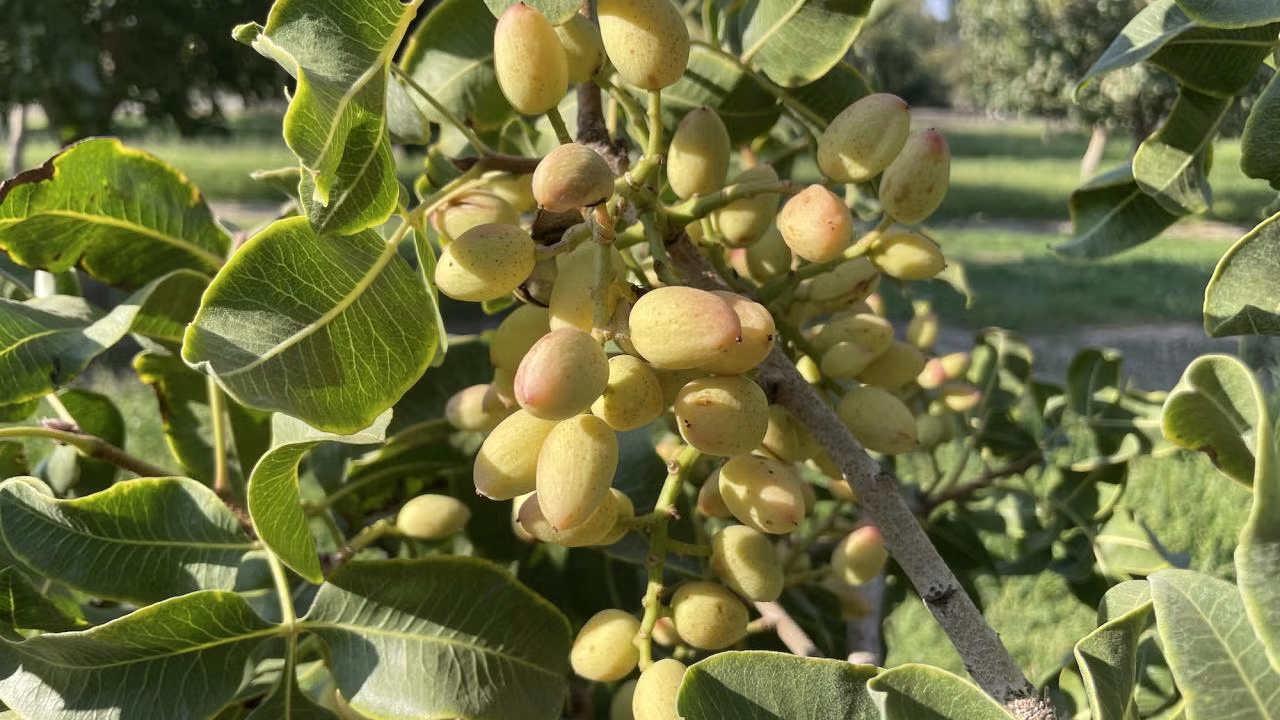
7. Pistachios a favorite treat? We love them at UC.
Did you know 99 percent of American pistachios are grown in California? Generating nearly $3 billion last year for the state, pistachios have become a drought-resistant and appealing crop for farmers. They also happen to be one of UC’s top 5 most lucrative inventions and are likely to remain so in the future, as UC Davis has just created a new DNA map of the pistachio, allowing its breeding program to find and develop more sustainable and nutritious nuts.
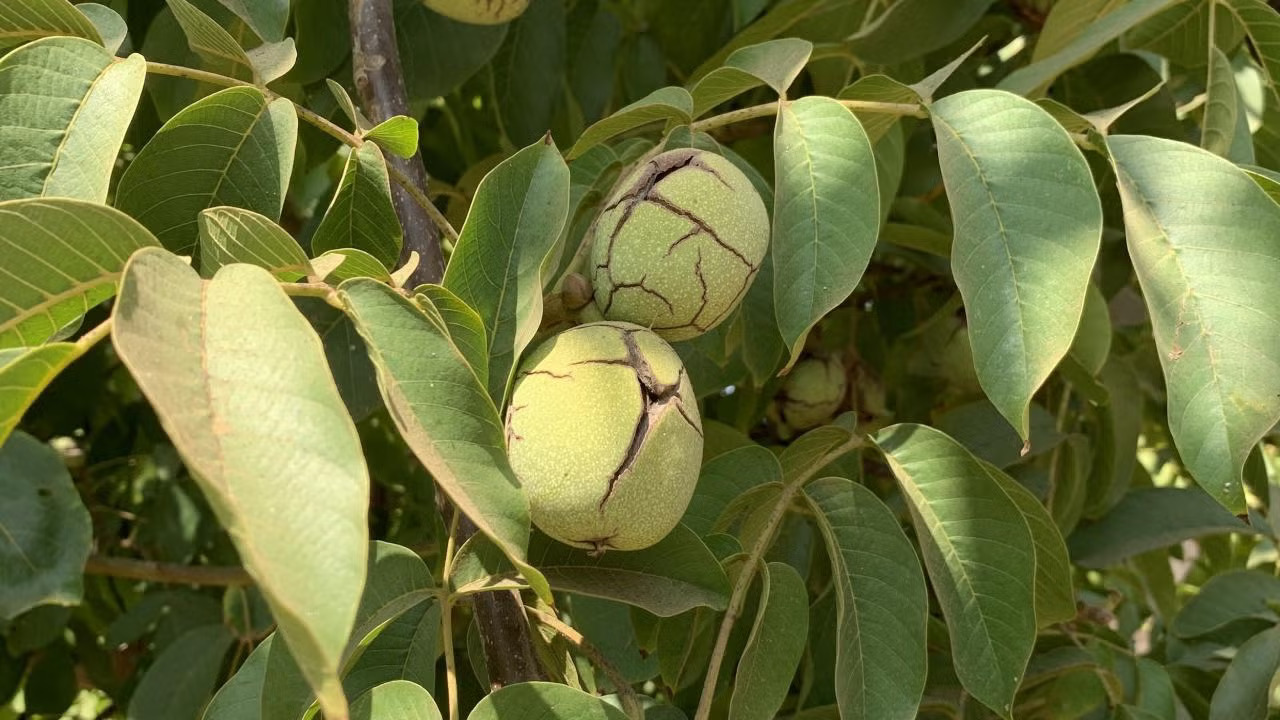
8. How about walnuts? They’re probably from UC.
The UC Davis Walnut Breeding Program has delivered more than 20 cultivars to farmers. Nearly all walnut trees sold in California nurseries and 85 percent of walnut production in the state are from UC Davis varieties! UC Davis has also cracked open the walnut genome, helping to ensure that walnuts — and the farmers who grow them — can withstand whatever the future throws at them.
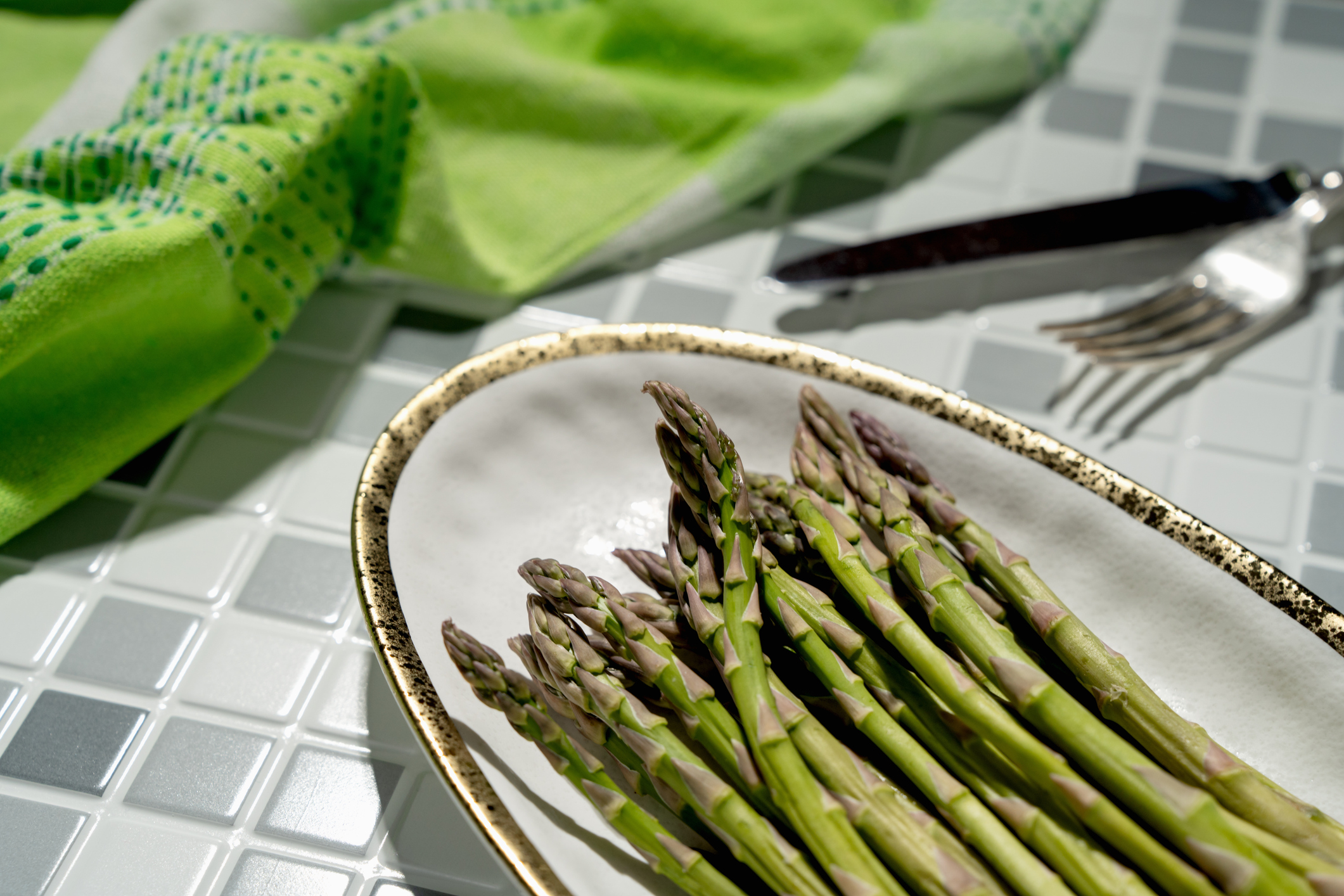
9. Enjoy the snap of fresh asparagus? That’s the sound of UC.
One of the most popular and profitable varieties of asparagus is the UC 157 (and the developer, of course, is in the name!). Its yield is described as “exceptionally high,” and it is resistant to most diseases that hamper asparagus.
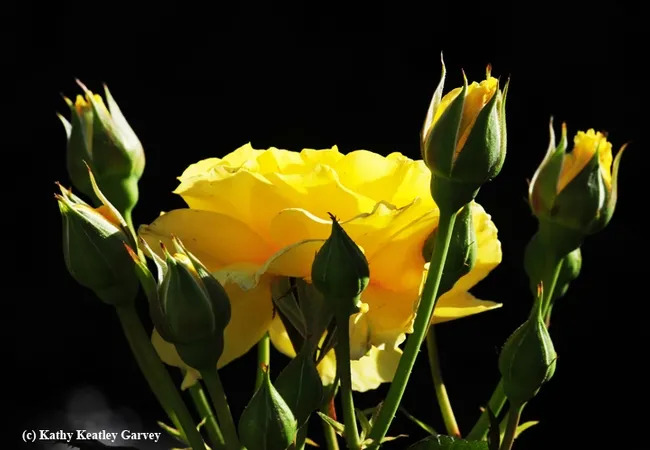
10. Stop and smell the roses? Ahh, that’s UC.
The UC Davis Foundation Plant Services is a key supplier of rose cultivars and budwood for nurseries and growers throughout the United States. The current collection covers eight acres and includes more than 800 rose scion and eight understock cultivars — the largest public collection of virus-tested roses in the United States, with new cultivars added to the collection after virus testing and, if necessary, virus elimination treatment, each year. (And while we would not recommend eating a rose bush whole, rose petals make a delightful addition to all kinds of foods, including ice cream!)
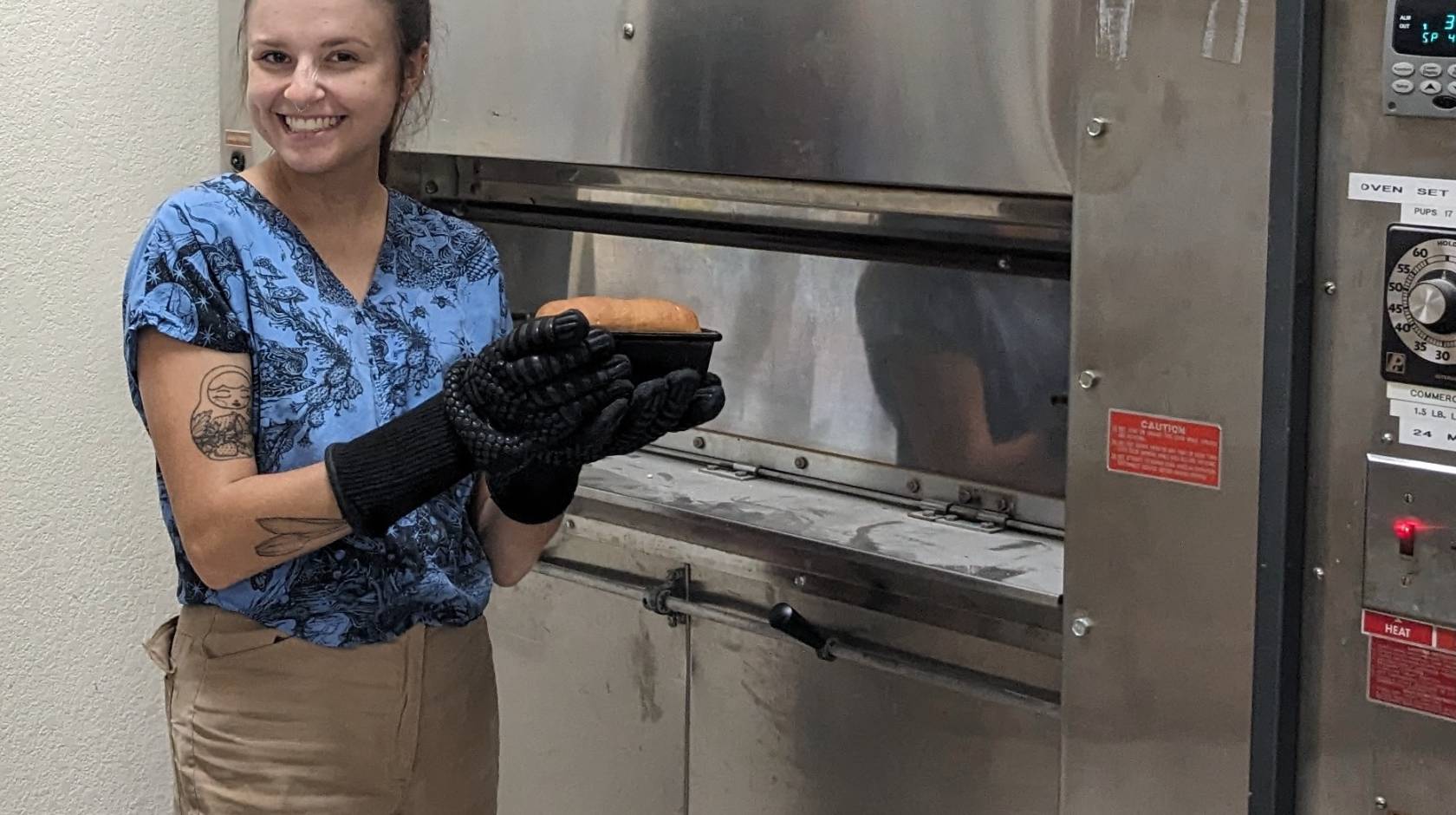
11. Gluten-free? We’re here to help at UC.
Wheat is a major source of calories, carbohydrates and protein worldwide and its distinctive gluten proteins are what gives bread and pasta dough texture and elasticity. But it also can cause autoimmune reactions such as celiac disease, which is growing in prevalence worldwide.
Researchers at UC Davis have deleted a cluster of genes in wheat that generates gluten proteins without harming the breadmaking quality of this globally nutritious crop. It’s a critical step in growing a variety of wheat that is safe for anyone with celiac disease.
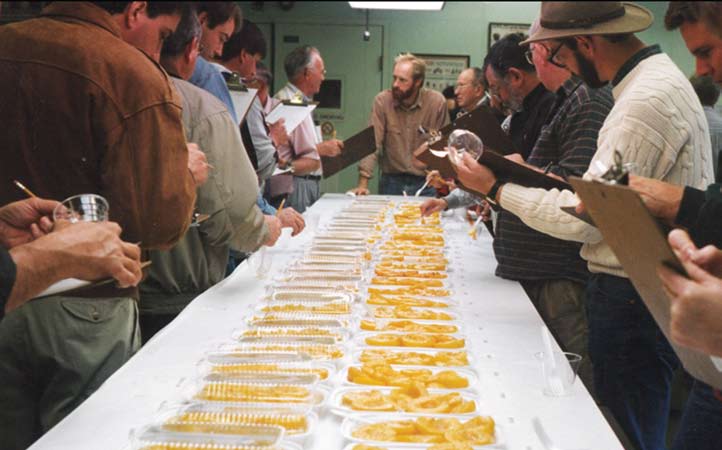
12. Peaches? They don’t come in a can — they come from UC.
Like many other fruits and veggies on this list, peaches come from UC, and California, which produces about half of the country’s processing peaches from the Central Valley alone. For nearly 100 years, UC has been a partner to growers, developing varieties for the public good so that farmers do not have to bear the risks themselves.
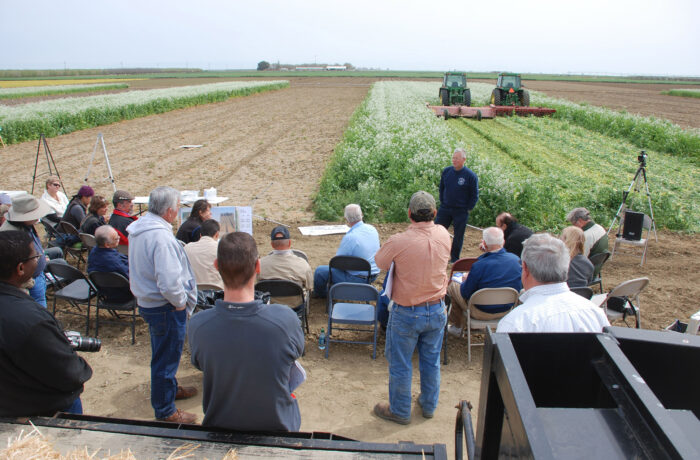
How will we grow food in the future? With the help of UC.
Just as farmers must always keep their eye on the future, so must UC researchers, who are working to bring big data to farming practices, replenish the groundwater California farmers need, and develop new varieties of food that can endure changes to the climate. Already, UC scientists have brought flood-resistant rice to millions in South Asia. Behind the scenes, UC scientists and farm advisors are always doggedly fighting to ensure the success of California farms and the resiliency of the nation’s food supply.
Stand Up for UC and research that not only saves lives, but nourishes them.